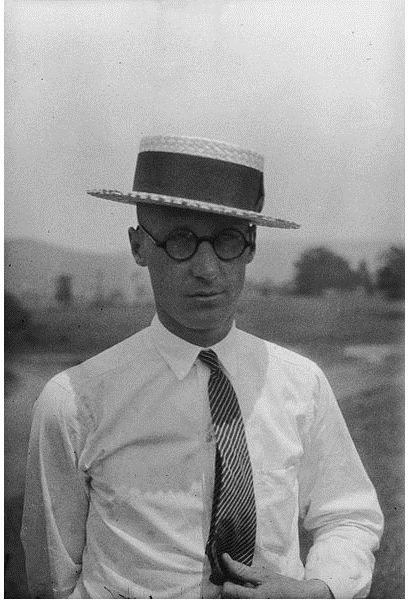Prohibition & the Scopes Trial: Traditions Under Attack in the 1920s - High School History Lesson
This high school lesson was written to fit a block schedule that has 88 minutes allotted for each class. You can easily modify the lesson for a traditional, shorter period should not be a problem.
Bell Activity – Have students define the word “evolution” in their journals.
**
Reading from H.L. Mencken – Part of his description of the Scopes “monkey trial” can be found at this link.
Define fundamentalism for students and discuss how many rural Americans felt that they were in a sense, under attack during the 1920’s. Connect this with the nativist anti-immigration legislation from the first lesson in this series and with the racial conflicts in the second lesson.
Lecture on the Scopes Trial – Discuss the trial, its important participants (particularly William Jennings Bryan and Clarence Darrow) and the implications of the case.
Prohibition – Describe how the temperance movement had grown and gained strength throughout the nineteenth century and how the moral fervor surrounding World War I had made national prohibition a reality. Have students read the text of the Volstead Act (click the link).
Students should then watch the following clip that describes American experiences during Prohibition.
Homework/Unit Assessment – Students should answer the following question in writing for homework: “Describe cultural conflicts in the United States during the decade of the 1920’s. Explain results of the various conflicts and the significance of these results.” The format and depth expected for the writing (5 paragraph essay, page, paragraph, etc.) should be determined by the teacher.
References
- Photo of John T. Scopes by Smithsonian Institution Photographed by Watson Davis [Public domain], via Wikimedia Commons
This post is part of the series: Cultural Conflict in the 1920’s
The 1920s was a time of tremendous growth in the United States. The economy was booming, and culture was changing due to many factors including immigration, racial issues and new discoveries. These three lesson plans explore the exciting time of the roaring twenties.
